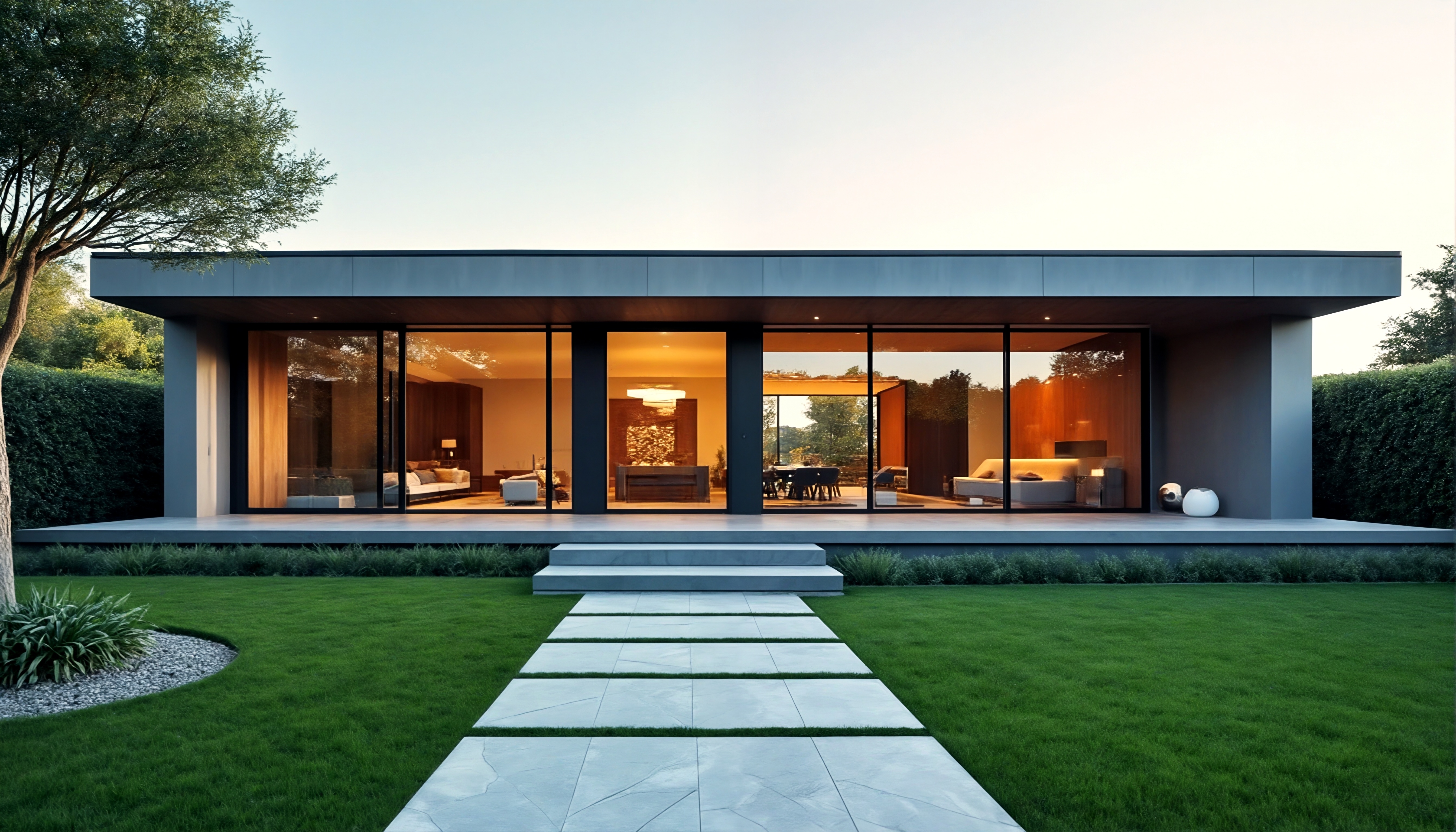Builders’ Show Highlights Window and Door Trends
Big moving glass walls, energy efficiency and domestic products get a lot of interest

The International Builders’ Show was a wonderful opportunity to see new products and innovations, as well as to gain insight on people’s expectations for the year. As part of Design Construction Week in Las Vegas, the event drew more than 124,000 builders, remodelers, developers and other home building professionals to the convention center’s halls and parking lots to see 2,500-plus exhibitors. Many window and door exhibitors said they were seeing a lot of interest in their newest products.
One trend I kept noticing was the movement away from bi-fold and lift-and-slide doors, and toward more sliding doors and moving walls with extremely large glass lites. Bi-fold doors and lift-and-slide doors have more visible breaks in the glass due to multiple panel connections, where moving walls prioritize uninterrupted views and ease of operation. This trend seems to be pushing leading manufacturers to try to top each other on who can make the largest system. Flush tracks, hidden hardware and automated operation provide a sleek, contemporary aesthetic with practically no effort needed to open and close these enormous glass walls.
New glazing technologies improve thermal insulation, making large expanses of glass more energy efficient. Evolving energy codes continue to drive product developments to meet stringent thermal performance standards. The 2021 International Energy Conservation Code introduced changes aimed at improving energy efficiency in both residential and commercial buildings. These updates have prompted window and door innovations, focusing on materials and designs that offer superior insulation and reduced thermal bridging. Several manufacturers were displaying triple-glazed or vacuum insulating glazing options to meet codes and market demands.
Overall, the vibe was positive, with most single- and multi-family builders expressing a decent backlog. There were concerns expressed regarding the ongoing trade discussions and recent tariffs on imported materials. For instance, the U.S. International Trade Commission reported that tariffs on steel and aluminum imports have led to a shift toward domestically produced and locally sourced materials. Several exhibitors were optimistic about the potential preference for local products and hopeful that any slowdown would be limited to the front half of 2025.
Attendees at the show echoed these thoughts, with many saying that the lack of residential inventory in the market would continue to push the need for more housing.
- High-end homeowners continue to build new and seek large, customized windows and doors.
- Mid-level homeowners are focusing on remodeling and thoughtful expansions to maximize equity, longevity, potential energy savings, which include upgrading their windows and doors.
- Affordable housing units remain in high demand, with municipalities, owners and developers in active discussion about how to prioritize energy efficiency and resiliency.
- Multifamily and accessory dwelling units (ADU) also were hot topics across all economic and demographic backgrounds.
Both exhibitors and attendees pointed to these trends as indications of continued opportunities for the window and door industry to grow.
